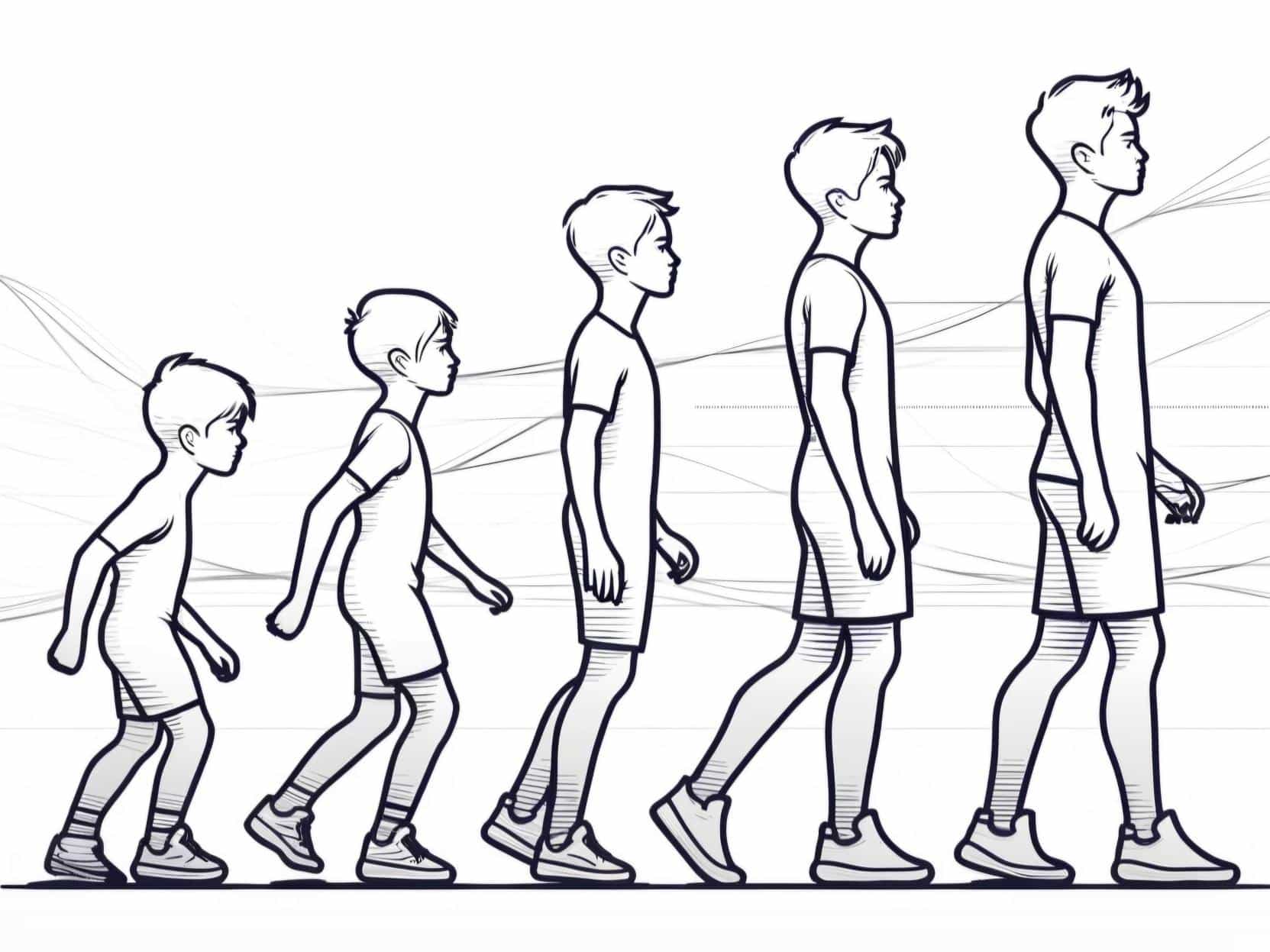
Athletes Through Adolescent Changes
Between the ages of 12 and 16, young athletes undergo rapid physical and emotional changes that directly impact their performance on the pitch. These changes commonly referred to as "adolescent awkwardness" can disrupt coordination, balance, and motor skills, leading to a temporary decline in performance. For players, parents, and coaches in the Dhivehi Youth League (DYL), understanding these changes is key to fostering patience and long-term growth.
The Science Behind Growth Spurts
A study conducted by the British Journal of Sports Medicine revealed that adolescence is one of the most critical periods for an athlete's development. Boys tend to hit growth spurts between 12 and 14 years, while girls begin slightly earlier, around 10 to 13 years. During this phase, players may grow several inches in a single year, with corresponding increases in weight and muscle mass.
However, as exciting as this growth is, it poses unique challenges. Limbs grow faster than the body can adapt, leading to awkward movements, slower reaction times, and a need to relearn motor skills. This phenomenon is a temporary but significant phase in a young athlete's journey.
Impact on Football Performance
These physical changes don’t just affect movement, they fundamentally alter a player’s style of play. A player who once excelled in agility may struggle with balance as their limbs grow longer, while those known for quick sprints might feel slower due to shifts in their center of gravity. A research paper from SpringerLink highlights that this period of adjustment can cause temporary setbacks but is essential for long-term athletic growth.
Injuries also become more common during growth spurts. Overuse injuries, stress fractures, and muscle strains are frequently reported in adolescent athletes, particularly those involved in intense training or competitions. Coaches and parents must monitor these risks closely and adjust training programs to protect young bodies.
What Research Suggests for Coaches and Parents
1. Tailor Training Programs
The Journal of Sports Medicine emphasizes the importance of age-specific training. Coaches should focus on flexibility, coordination, and controlled strength exercises during this phase to help athletes adapt to their changing bodies. (acsm.org)
2. Reduce Performance Pressure
Encourage players to view this phase as a stepping stone rather than a setback. Temporary performance dips are natural, and players should be reassured that patience and persistence will pay off.
3. Educate Players and Families
Informing families about the changes occurring during adolescence can alleviate anxiety. A study conducted by Longdom Publishing highlights that educated athletes are better equipped to navigate this period, reducing frustration and building confidence. (longdom.org)
4. Prioritize Injury Prevention
Growth spurts heighten the risk of injuries, especially growth plate and muscle-related issues. Monitoring workloads, incorporating rest periods, and emphasizing proper warm-up routines are crucial steps to keep athletes healthy.
5. Foster Open Communication
A coach’s role goes beyond physical training. Regularly check in with players about how they’re feeling—both physically and mentally. This connection builds trust and helps players feel supported during a challenging phase.
Real-Life Advice for DYL Families
Parents and coaches often see frustration in young players as they adapt to these changes. One coach in the DYL summarized it best: “This isn’t a time to focus on winning; it’s a time to focus on growing. Let the players explore their new strengths, learn from their weaknesses, and most importantly, enjoy the game.”
For the players, patience is key. Every great athlete, from Lionel Messi to Cristiano Ronaldo, has faced growth-related challenges in their youth. The key is to embrace this phase, trust the process, and stay dedicated to improvement. The Dhivehi Youth League provides an incredible platform for this growth, helping young players evolve into confident, skilled athletes.